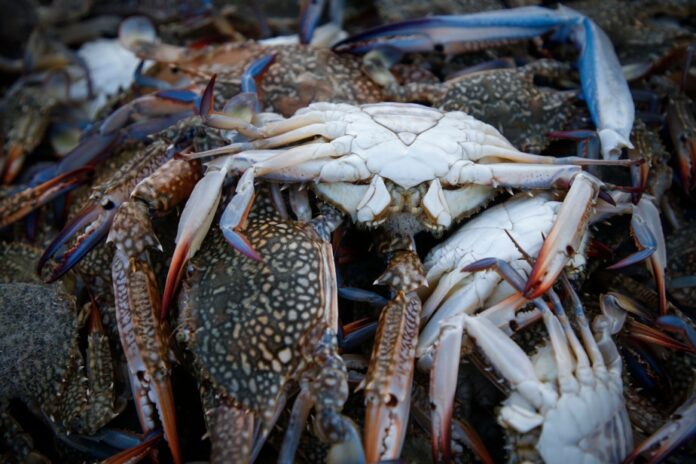The tons of waste we produce each year has relatively decreased over the past few years, but could we generate even less? Could industries come up with some solutions to make the materials in our cars less harmful to the environment?
On this issue, the development in the field of batteries for motor vehicles is a good example. We can see that many processes are continually being developed within this industry, which is making every effort in terms of eco-responsibility to continue improving on this path.
At the very least, we can say that researchers and manufacturers are racking their brains to find solutions that will be environmentally sustainable for the cars of tomorrow and to ensure that the components of these vehicles do not ultimately end up in the places landfill.
This is why a new kind of battery based on crab shells and zinc is so well received since it would be 100% biodegradable and recyclable, a very important advance which could be a game-changer in the automotive sector, but also in the energy in general.
For example, this safe and environmentally friendly battery could be recharged a minimum of 1000 times, making it ideal for storing wind or solar energy for the benefit of power grids. .
Researchers from the University of Maryland and the University of Houston looked into the project, with the ambition of developing a more durable battery that would generate less waste in landfills.
They began by studying the chemistry of zinc metal batteries, which various scientists have been developing for years for the storage of energy on electrical networks.
You should know that so-called traditional batteries are made up of zinc anodes, i.e. metal oxide cathodes and water-based electrolytes. The whole generates an irregular deposit of zinc on the surface of the electrodes, which makes these batteries sometimes dangerous. And as for the lifespan of these, we can certainly say that it is short.
These researchers therefore created a new biodegradable gel electrolyte composed of chitosan, a protein derived from chitin, which is one of the main components of the shell of insects and crustaceans, such as crabs, lobsters and prawns. Using food scraps is still a fabulous process!
By combining biodegradable chitin gel and zinc, the researchers created a kind of membrane made of another gel, solid this time, which would be used as an electrolyte in the battery.
They therefore used zinc for the anode, the positive electrode of the battery, as is usually the case on other types of batteries for daily use. Except that the researchers replaced the classic cathode, which is the electrode from which the current comes out, with a cathode made of fully biodegradable organic material.
In addition, two thirds of these batteries would be biodegradable, which would make them highly eco-responsible. It appears that chitosan electrolyte, a substance derived from chitin, the main component of the shell of insects and crustaceans, which is the cathode material, would biodegrade in the soil in just a few months. As for the zinc remaining in the batteries, it would also be completely recycled on its side, because several industries have already been recycling it for quite some time.
So it will be interesting to closely follow how this technology evolves and see if it finds a way to our cars in the near future.
The manufacturing process with crab shells is all the more promising since, for the moment, many factories and crustacean food processing companies would deposit the shells in the garbage or compost.
With the use of these shells, everyone would come out a winner, not to mention that the batteries would become more and more eco-responsible and more durable. Combining the well-being of the planet with the need to further improve battery life in motor vehicles seems like a happy avenue.















